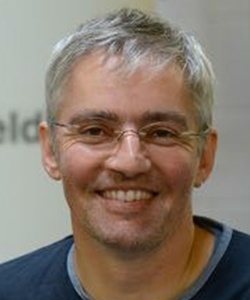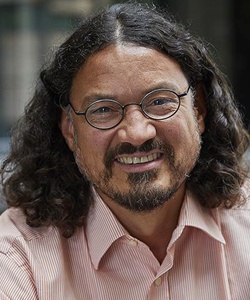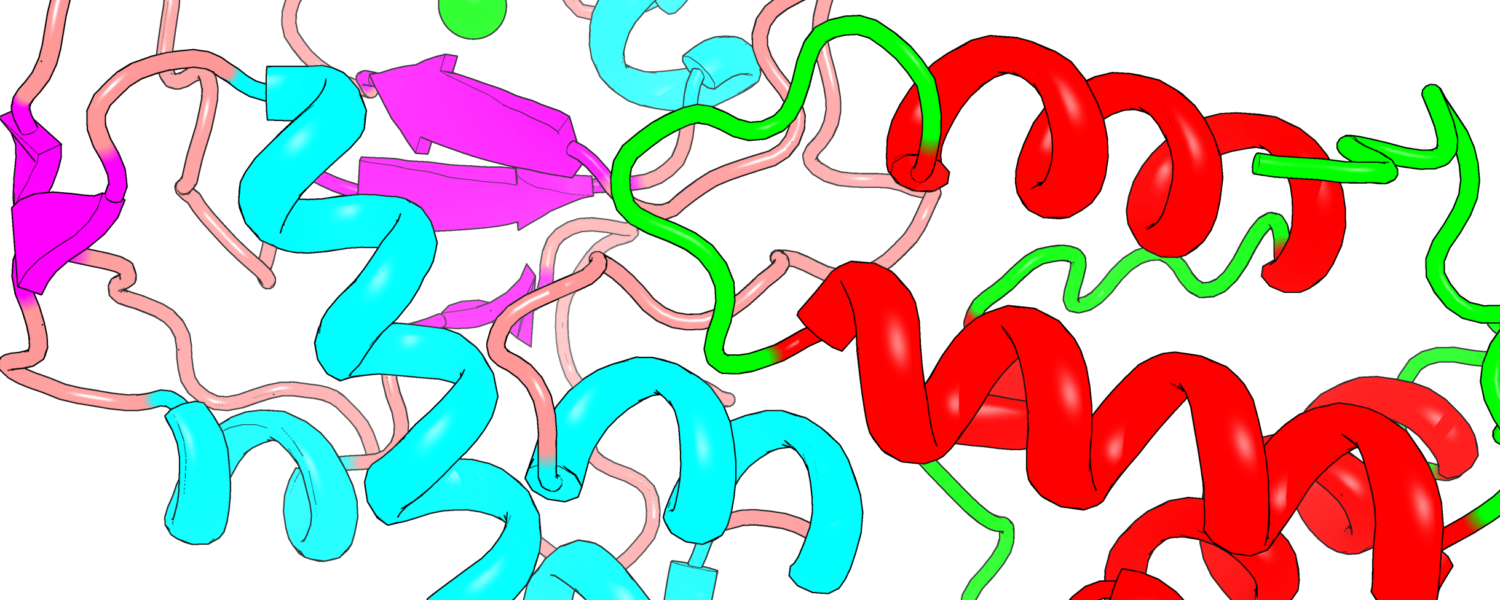NMR Spectroscopy: Prof. Dr. Jochen Balbach
Jochen studierte Chemie an der Technischen Universität München, Deutschland, wo er auch in Organischer Chemie promovierte. Nach einem Postdoc an der Universität Oxford, Großbritannien, von 1994 bis 1996 bei Chris Dobson auf dem Gebiet der Proteinfaltung, wechselte er an die Universität Bayreuth, Deutschland, und forschte weiter auf dem Gebiet der NMR-Spektroskopie, zunächst als wissenschaftlicher Mitarbeiter, dann als Privatdozent. Seit 2004 ist er ordentlicher Professor für Biophysik und medizinische Physik an der Martin-Luther-Universität Halle-Wittenberg (MLU). Seine aktuellen Interessen umfassen die Faltung und Dynamik von Proteinen. Er ist Direktor des Forschungszentrums ZIK HALOmem an der MLU, das Teil des MZP ist./ Jochen studied Chemistry at the Technical University in Munich, Germany, where he also obtained his PhD in Organic Chemistry. After a postdoc at Oxford University, UK, from 1994 to 1996 with Chris Dobson in the field of protein folding, he moved to the University of Bayreuth, Germany, conducting further research in NMR spectroscopy, first as a scientific assistant, then as a senior lecturer. Since 2004 he is Full Professor of Biophysics and Medical Physics at the Martin Luther University Halle-Wittenberg (MLU). His current interests encompass protein folding and dynamics. He is director of research center ZIK HALOmem at the MLU, part of the MZP.
X-ray crystallography: Prof. Dr. Milton T. Stubbs
Milton studierte von 1988 bis 1983 einen BSc in Physik an der University of Durham, Großbritannien, bevor er 1986 einen DPhil in Molekularer Biophysik an der University of Oxford, Großbritannien, erhielt. Von 1987 bis 1991 war er Postdoktorand am Max-Planck-Institut für Biochemie in Martinsried, Deutschland. Danach wechselte er an das Zentrum für Strukturbiochemie am Karolinska Institut in Stockholm, Schweden, wo er 1992 Assistenzprofessor wurde. Danach war er als Senior Research Fellow am AKZO Organon, Niederlande, und am Max-Planck-Institut für Biochemie in Martinsried tätig. Ab 1995 arbeitete er als Senior Research Fellow am Institut für Klinische Chemie der Ludwig-Maximilians-Universität in München, Deutschland. Im Jahr 1996 wurde er Leiter der Röntgenkristallographie am Institut für Pharmazeutische Chemie der Universität Marburg, bevor er 2002 eine Professur für Physikalische Biotechnologie an der MLU annahm. Er ist Direktor des Forschungszentrums ZIK HALOmem an der MLU, das Teil des MZP ist./Milton studied for a BSc in Physics at the University of Durham, UK, from 1988 to 1983, before obtaining a DPhil in Molecular Biophysics from the University of Oxford, UK, in 1986. From 1987-1991, he was a postdoctoral fellow at the Max Planck Institute for Biochemistry in Martinsried, Germany. He then moved to the Center of Structural Biochemistry at Karolinska Institute, Stockholm, Sweden, where he became an Assistant Professor in 1992. He then had a joint appointment as a senior research fellow at AKZO Organon, Netherlands and the Max Planck Institute for Biochemistry in Martinsried. In 1995, he started to work as a senior research fellow at the Department of Clinical Chemistry of the Ludwig Maximilians University in Munich, Germany. In 1996 he became the head of X-ray crystallography at the Institute of Pharmaceutical Chemistry, University of Marburg, Germany, before accepting a professorship in Physical Biotechnology at the MLU in 2002. He is director of research center ZIK HALOmem at the MLU, part of the MZP.
cryo-Electron Microscopy: Jun.-Prof. Dr. Panagiotis L. Kastritis
Panagiotis L. Kastritis studierte Biologie an der Universität von Athen (Griechenland) und spezialisierte sich auf Strukturbiologie.Im Jahr 2012 promovierte er in Chemie in der Gruppe für NMR-Spektroskopie an der Universität Utrecht (Niederlande).Von 2013 bis 2018 war Panagiotis Kastritis Postdoktorand am EMBL Heidelberg (Deutschland), wo er Zellextraktstrukturen mit integrativen Modellierungsmethoden charakterisierte.Im Jahr 2018 gründete er seine eigene Forschungsgruppe im Rahmen des ZIK HaloMem-Programms und wurde zum Juniorprofessor für "Kryo-Elektronenmikroskopie von Membranproteinkomplexen" an der Martin-Luther-Universität Halle-Wittenberg (Deutschland) ernannt.Panagiotis Kastritis möchte die zelluläre Architektur durch die Analyse von nativen Zellextrakten verstehen.Sein Hauptinteresse gilt der Nutzung der Kryo-EM als zentrale biophysikalische Methode, zusammen mit der computergestützten Strukturbiologie und XL-MS, für eine strukturbasierte Modellierung biomolekularer Interaktionen./Panagiotis L. Kastritis studied Biology at the University of Athens (Greece) and specialized in Structural Biology. In 2012, he earned his Ph.D. in Chemistry in the NMR Spectroscopy group at Utrecht University (The Netherlands). From 2013 to 2018, Panagiotis Kastritis was a postdoctoral researcher at the EMBL Heidelberg (Germany), where he characterized cell extract structures with integrative modeling methods. In 2018, he started his own research group within the ZIK HaloMem program and was appointed as Junior Professor for “Cryo-Electron Microscopy of Membrane Protein Complexes” at the Martin Luther University of Halle-Wittenberg (Germany). Panagiotis Kastritis aims to understand cellular architecture via the analysis of native cell extracts. His main interest is on using cryo-EM as a core biophysical method, together with computational structural biology and XL-MS, for a structure-based modeling of biomolecular interactions.
Biophysical Chemistry: Prof. Dr. Kirsten Bacia
Kirsten Bacia blickt auf eine erfolgreiche Karriere in der biophysikalischen Chemie zurück.Seit 2015 ist sie W2-Professorin für Biophysikalische Chemie an der Martin-Luther Universität Halle-Wittenberg in Halle, Deutschland.Davor war Kirsten von 2012 bis 2015 Juniorprofessorin an der gleichen Institution, nachdem sie von 2009 bis 2015 Juniorgruppenleiterin für Biophysikalische Chemie von Membranen im HALOmem-Projekt war.Ihre internationale Erfahrung umfasst Postdoc-Stellen an der University of California in Berkeley bei Randy Schekman von 2007 bis 2009 und am BIOTEC / Technische Universität Dresden, Deutschland, bei Petra Schwille von 2005 bis 2007.Kirstens akademische Laufbahn begann mit einem Studium der Biochemie an der Universität Hannover von 1995 bis 2001, gefolgt von einem Studium der molekularen Biophysik an der Johns Hopkins University, Baltimore, MD, USA, von 1998 bis 1999.Kirsten ist Teil des Direktoriums von ZIK HALOmem und Mitglied des Vorstands von MZP./Kirsten Bacia has an accomplished career in Biophysical Chemistry. Since 2015, she has been a W2-Professor for Biophysical Chemistry at Martin-Luther Universität Halle-Wittenberg in Halle, Germany. Prior to this, Kirsten held the position of Junior Professor at the same institution from 2012 to 2015, following her role as a Junior Group Leader in Biophysical Chemistry of Membranes for the HALOmem project from 2009 to 2015. Her international experience includes postdoctoral positions at the University of California at Berkeley with Randy Schekman from 2007 to 2009, and at BIOTEC / Technische Universität Dresden, Germany, with Petra Schwille from 2005 to 2007. Kirsten’s academic journey began with graduate studies in biochemistry at Universität Hannover, Germany, from 1995 to 2001, followed by graduate studies in molecular biophysics at The Johns Hopkins University, Baltimore, MD, USA, from 1998 to 1999. Kirsten is part of the Directorium of ZIK HALOmem and a member of the board of MZP.
Lipid analysis: PD Dr. Annette Meister
Annette studierte an der Martin-Luther-Universität Halle-Wittenberg (MLU) und erwarb 1990 ihr Diplom in Chemie.Anschließend promovierte sie 1994 in Chemie am Institut de Chimie de l'Université de Neuchâtel (CH) unter der Leitung von Prof. G. Süss-Fink.Anschließend absolvierte Annette Postdoc-Stipendien an der MLU Halle-Wittenberg, am Max-Planck-Institut für Kolloid- und Grenzflächenforschung in Golm und am Commissariat à l'énergie atomique (CEA) Saclay in Frankreich.Im Jahr 2008 erreichte Annette mit ihrer Habilitation in Physikalischer Chemie einen wichtigen Meilenstein.Ihr Engagement in der Forschung setzte sie von 2003 bis 2009 an der MLU Halle-Wittenberg als wissenschaftliche Mitarbeiterin in der Gruppe von Prof. A. Blume fort.Seit 2012 ist sie wissenschaftliche Mitarbeiterin im Bereich Kryo-Elektronenmikroskopie an der MLU Halle-Wittenberg. Annettes Expertise umfasst verschiedene Bereiche, darunter die Selbstorganisation von Bolaamphiphilen, Struktur-Eigenschafts-Beziehungen in stimulusabhängigen Hydrogelen, Konformationsanalyse von Bolaamphiphilen an der Luft-Wasser-Grenzfläche und Kryo-EM von Lipiden, Membranproteinen und lipidbindenden Proteinen./Annette studied at Martin Luther University Halle-Wittenberg (MLU), earning her Diploma in Chemistry in 1990. She then completed her Ph.D. in Chemistry at the Institut de Chimie de l’Université de Neuchâtel (CH) under the guidance of Prof. G. Süss-Fink in 1994. Annette then undertook post-doctoral fellowships at MLU Halle-Wittenberg, Max Planck Institute for Colloid and Interface Research in Golm, and the Commissariat à l’énergie atomique (CEA) Saclay in France. In 2008, Annette achieved a significant milestone with her Habilitation in Physical Chemistry. Her commitment to research continued at MLU Halle-Wittenberg from 2003 to 2009 as a scientific collaborator in the group of Prof. A. Blume. Since 2012, Annette has been a Scientific Collaborator in Cryo Electron Microscopy at MLU Halle-Wittenberg. Annette’s expertise spans diverse areas, including self-assembly of bolaamphiphiles, structure-property relationships in stimulus-responsive hydrogels, conformational analysis of bolaamphiphiles at the air-water interface and cryo-EM of lipids, membrane proteins and lipid-binding proteins.

